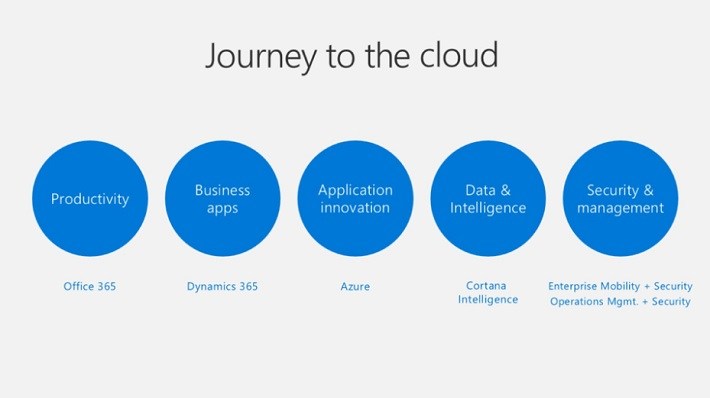Microsoft Corporation (MSFT) has everything a dividend growth investor could ask for. It is a highly profitable company, with a well-defined growth plan, and an excellent balance sheet.
It also has an attractive dividend yield of 2.5%. And, it has delivered regular dividend growth.
Microsoft is a Dividend Achiever, a group of companies that have increased their dividends for at least the past 10 years.
Plus, Microsoft has made huge progress in its business turnaround, thanks to emerging areas of growth like the cloud.
This has fueled impressive share price performance: Microsoft stock price is up 139% in just the past five years.
The only downside of Microsoft’s huge rally over the past few years is that it has elevated the stock’s valuation. This could limit future returns.
This article will review Microsoft’s fundamentals and its outlook.
Business Overview
Microsoft is a global technology powerhouse. It is the largest software company in the world. Its flagship software products include Microsoft Office and the Windows operating system. It also sells technology hardware, including the Xbox gaming console and the Surface tablet.
Microsoft was founded in 1975, and today operates in over 190 countries worldwide.
This is a challenging period for Microsoft. For most of its existence, Microsoft’s software was built for the personal computer. But the PC is in decline.
According to technology tracking firm IDC, worldwide PC shipments fell 3.9% last quarter.
As a result, Microsoft is looking towards a post-PC world. This is why it has developed its software for the cloud, called Office 365.

Source: Deutsche Bank Technology Conference, page 2
It now provides its productivity and business process tools as cloud services.
This means consumers can access their software programs from anywhere and from any device.
At the same time, Microsoft is working to build what it calls the intelligent cloud. In the new era of the cloud, there is a great importance of data collection and storage. As a result, there will be much higher demand for data centers and servers moving forward.













Leave A Comment